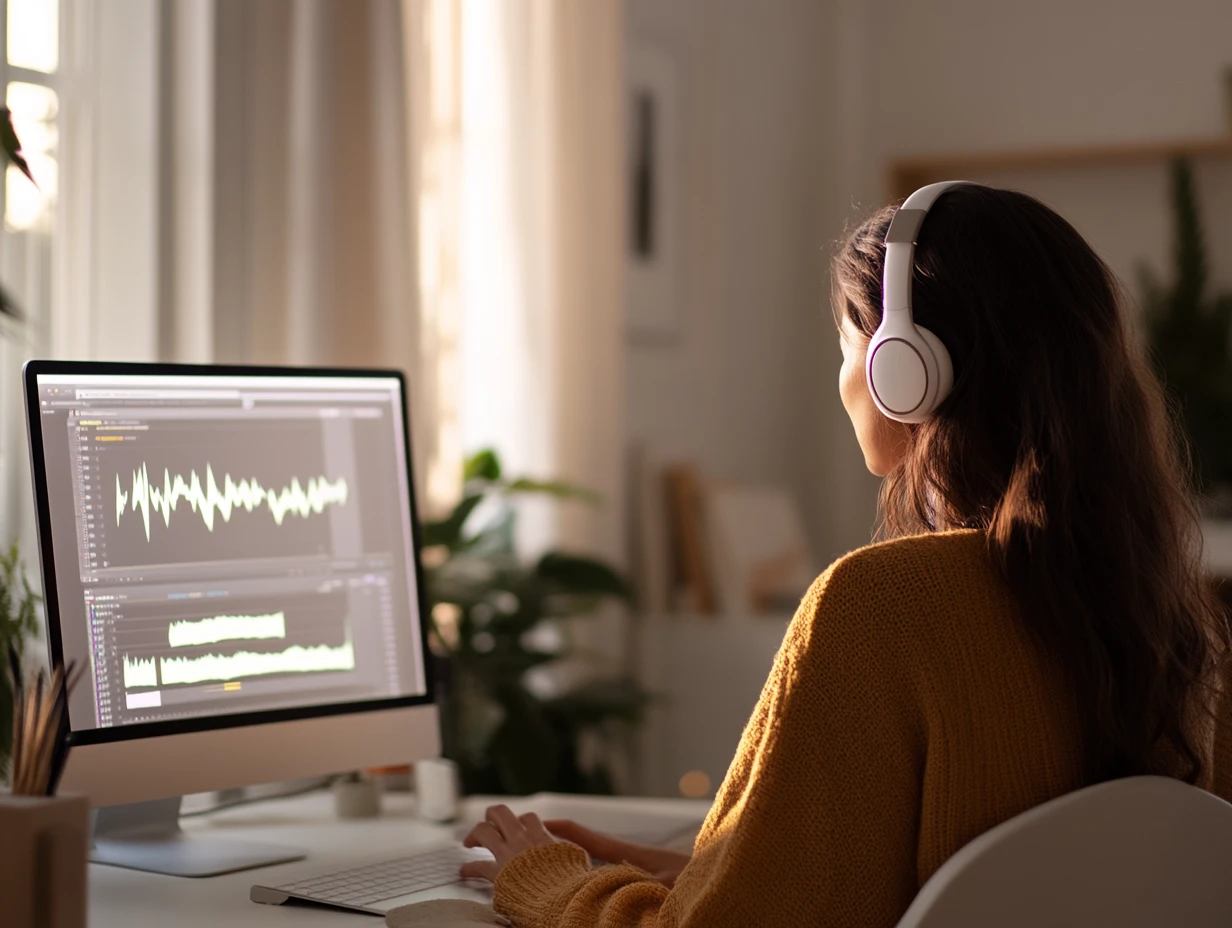Imagine being able to almost instantly convert your video content into multiple languages without losing the speaker’s natural tone and emotional delivery.
Well, now you can with AI-powered dubbing technology. And yes, it’s revolutionising how businesses like yours communicate across borders.
Whether you’re scaling corporate training, marketing brand-new products internationally or enhancing customer experiences worldwide, AI dubbing makes multilingual video content more engaging, accessible, scalable, and cost-effective than ever before.
But what exactly is AI dubbing? How does it differ from traditional dubbing? And why should your enterprise use it for video content localisation?
First, what is AI dubbing?
Also referred to as machine dubbing or automatic dubbing, AI dubbing leverages artificial intelligence to seamlessly translate speech from video content into multiple languages while maintaining the original speaker’s natural tone, style and emotions.
Think of it like subtitling, but for speech. It creates expressive, human-like voiceovers that not only replace but also sound just like the original. The result is a far more immersive and engaging experience for global audiences.
By using AI dubbing, your business can break language barriers and deliver authentic, localised video content at scale – without the time, cost, and complexity of traditional dubbing methods.
How exactly does AI dubbing work?
The AI dubbing workflow is incredibly sophisticated. It combines multiple advanced technologies to automate almost the entire dubbing process:
Transcription: The video's original spoken content is converted into text using AI-powered automatic speech recognition (ASR). This step ensures an accurate script that serves as the foundation for translation and dubbing.
Machine Translation: The transcribed text is then translated from the source language (let’s say British English) to the target language (Spanish or French) using advanced Machine Translation technology and the appropriate Termbases & Translation Memories. This ensures accurate and textually appropriate results.
Voice Synthesis: Once the translation is complete, AI generates a natural-sounding but synthesised voice in the target language, mimicking the tone, cadence and emotion of human speech. This is achieved through advanced text-to-speech (TTS) and voice cloning technology.
Audio Synchronisation: AI finally aligns and synchronises the synthesised voice with the original speaker’s lip movements, ensuring a visually seamless and natural viewing experience.
But AI can't do it alone – human expertise is still essential
AI is powerful but not perfect. While automation speeds up and scales the dubbing process, human expertise remains critical in the process, especially the post-editing phase.
Expert linguists review and refine translations to guarantee accuracy, cultural relevance and natural phrasing. They fine-tune AI-generated voiceovers, making them sound as expressive and lifelike as possible. This includes ensuring correct pronunciation of company-specific terminology, product names, and industry jargon, so your business’s messaging remains accurate, professional and meets brand guidelines.
And although AI aligns speech with lip movements, linguists make manual adjustments to help achieve flawless timing for a truly seamless viewing experience.
Our AI Dubbing solution todayHow AI dubbing differs from traditional dubbing
While AI largely automates the video dubbing process, traditional dubbing is a largely human-driven effort. There is very little (if any) automation.
Linguists translate and adapt scripts for cultural relevance. Voice actors bring the dialogue to life with emotion and lip synchronisation. And sound engineers refine recordings to create the final product. The quality is remarkable. There’s no denying it. But the entire process from start to finish is often complex, time-consuming and labour-intensive.



